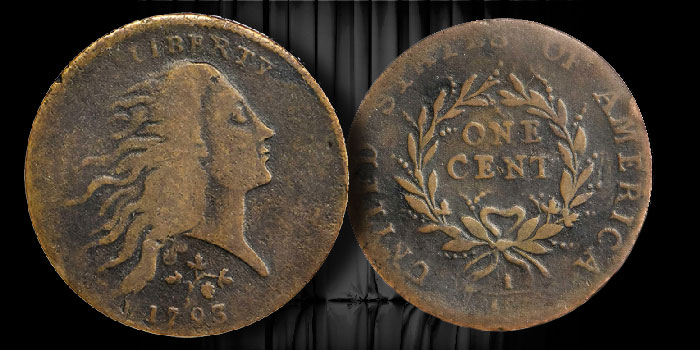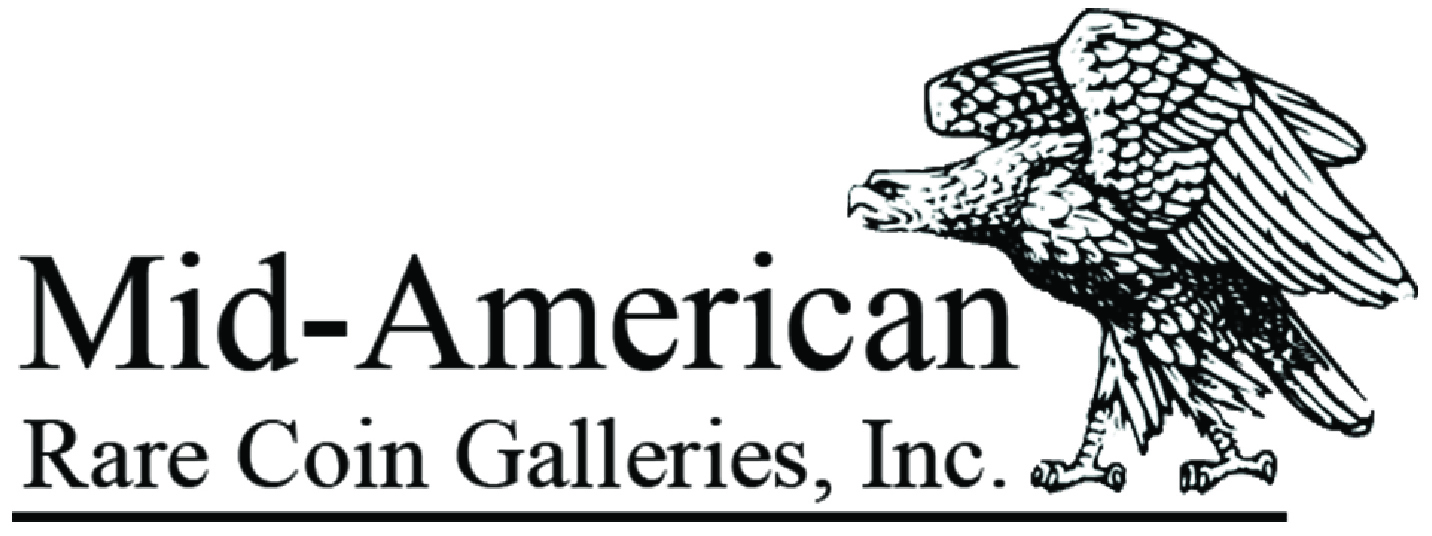One of the most highly anticipated numismatic books of the year is the just-released Cherrypickers’ Guide to Rare Die Varieties of United States Coins, Sixth Edition, Volume II. The book was released on Monday, August 1, 2023. I am sure Whitman Publishing will have copies available for sale at the Pittsburgh ANA World’s Fair of Money. The book is very complex and has been in the works for quite some time. Congratulations to Editor Larry Briggs and the Whitman team on the herculean efforts to bring the book to press.
Collecting coins by die variety is usually for more advanced collectors, but there are many ways to participate in this fascinating segment of numismatics. In the last several months, a client of mine has become quite involved with collecting Morgan Silver Dollars because of the 2021 and 2023 tribute coins. This client is quite studious and has spent considerable time learning the series. Every once in a while, he will ask a question about collecting Morgan Dollars that may seem obvious to seasoned collectors but clearly is not to someone new to the hobby.

His most recent inquiry was about the subject of Morgan Dollar varieties. The question is a very good one: what are varieties and which coins are part of a complete Morgan Dollar set? This same question could be asked for about every series, and the answer is actually quite complex.
According to NGC, the term “variety” is defined as follows: A variety is a coin that differs from its basic design type in some distinctive way and is thus differentiated by collectors. This is a good definition of the term, but it does not necessarily give an indication about how to collect them. Collecting by die variety is about as old as the hobby itself in the United States. Many of the most active early collectors of U.S. Colonial coinage and Large Cents collected by die variety. This part of the market is very mature and there are thousands of collectors devoted to owning as many different Large Cent varieties as possible.
Most dates of Large Cents were produced from several different dies, and each is only slightly different. Some were struck in large numbers with a plentiful supply of survivors. Others saw very limited production, resulting in great rarities today. The 1793 Wreath Cent is a great example. There are several varieties that would be considered common and two varieties that are now called “Strawberry Leaf“. These are incredibly rare, with just a few known in existence.

Unlike Large Cents, most other U.S. coinage series are not collected by die variety to the same extent. There is a very detailed book on Morgan Dollars by die variety by Leroy Van Allen and George Mallis. These coins are collected by so-called “VAM” number. There are lots of collectors for these varieties, but the market is not nearly as active as for early copper coinage.
Interestingly, there have been other references for the series that identify the top 100 “VAM” issues, and these are quite popular. Many of the “VAM” varieties display extremely minor differences and are a bit too subtle for most collectors. The top 100 list is for varieties that are more dramatic and have greater commercial appeal. A couple of examples of these would be the 1888-O Doubled Die Obverse and the 1901 Doubled Die Reverse. Both are quite visible with the naked eye and command substantial premiums. They are also both listed in the Red Book.
For decades, one of the biggest arbiters of what varieties should be collected alongside of regular issues has been A Guide Book of United States Coins, commonly referred to as the Red Book. Kenneth Bressett, Editor Emeritus of the Red Book, has been scrupulous over the years about which varieties should and should not be listed in the popular series. He rightly felt an obligation to be careful when adding an issue to the book. Many collectors want to own all of the coins listed in the Red Book for the series they collect. If the series listed every variety for every U.S. coin known, it would be thousands of pages long.
I am now the Senior Editor of the Red Book, and each year I am lobbied by collectors and dealers to include different varieties in the series. New varieties do get listed from time to time, but not without careful consideration of how the market will react.

For collectors wanting to take a deeper dive into die varieties, they should consider purchasing a copy of the massive MEGA RED. The book is about 1,500 pages long with over 9,000 individual coins listed. It is one of the best sources for an overall study of United States coins by variety. The ninth Edition was just released and at $59.95 USD is one of the best bargains in all of numismatics.
Another guide for what varieties to collect are those listed in the Greysheet. This price guide lists only the most widely collected varieties, such as the 1879-CC Capped Die Morgan Dollar, and many others. It would be interesting to assemble a list of all varieties of U.S. coinage that are listed in both guides.
Another interesting exercise would be to look at Red Books or Greysheets from the 1980s or earlier to study which varieties were listed at that time. This would give collectors an idea of which coins have stood the test of time and will probably be collected by specialists for the near future.
Probably the most exciting aspect of collecting coins by variety is the opportunity to purchase a coin that is unattributed as such. For collectors who are willing to spend the time learning a series, the rewards can be considerable. Occasionally, the numismatic media will feature an important die variety that has been discovered. Sometimes a well-established rarity will be found, and other times a completely new variety will surface.
NGC also offers a great service called VarietyPlus. This gives submitters the opportunity to have their coin expertly attributed based on the standard reference for the series. This service costs $15, plus the price of the grading tier chosen.
There is no right or wrong when it comes to what varieties should be collected when assembling a set of rare coins. This is up to the buyer but understanding them will help rank their relative importance. Anyone who collects Lincoln Cents will probably want the 1922 No D and the 1955 Doubled Die. They may, however, skip the 1944 D/S and the 1946 S/D. All are listed in the Red Book.
Collecting these interesting issues can be fun, but in the long run only you can make the final decision on what should be in your collection. Happy hunting!
